Gray Color Stools: Stool Color Changes and Chart – What Does It Mean?
What does the color and shape of your stool tell you about your health? Explore the different stool colors and what they may indicate, including brown, yellow, green, black, red, and gray. Get a comprehensive guide on understanding your bowel movements.
Stool Color: A Window into Your Health
Regularly monitoring the color, shape, and consistency of your stool can provide valuable insights into your overall health. The color of your bowel movements can indicate various digestive and health conditions, from liver and pancreatic issues to bleeding in the gastrointestinal tract. By understanding the different stool colors and what they may signify, you can take proactive steps to address any potential health concerns.
Brown and Yellow Coloration: A Sign of Healthy Digestion
Brown and yellow coloration in your stool is generally a positive sign, indicating that your digestive system is functioning normally. Light brown feces suggest that your liver bile is effectively breaking down your food. If your stools are a faint yellow color, are greasy, and have a distinct pungent aroma, it could be a result of excess fats present in the feces. This could indicate issues with your liver bile or other digestive system abnormalities or nutrient absorption problems in the colon. If you experience pale, oily stools for several consecutive days, it’s recommended to consult a doctor for a proper diagnosis.
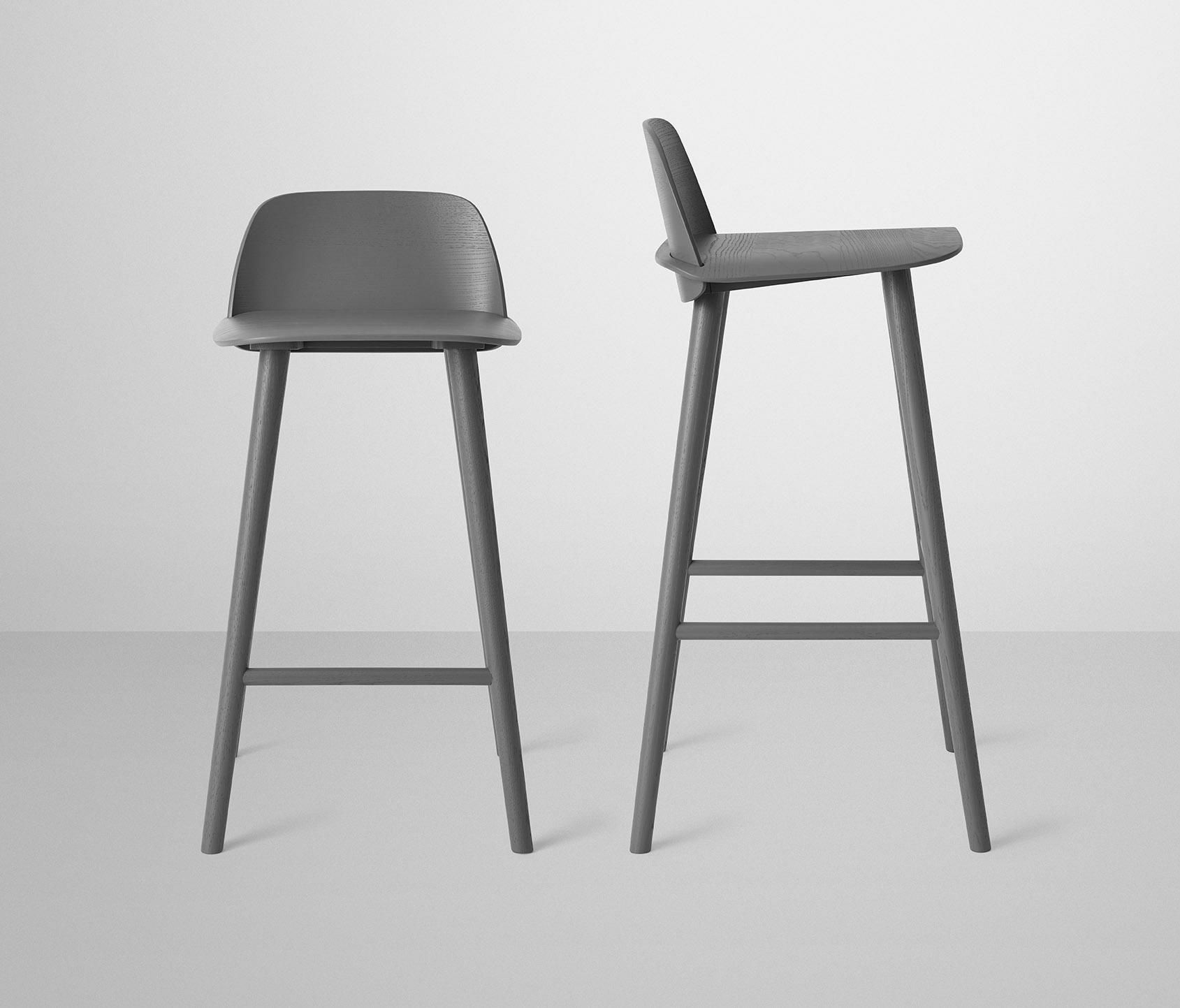
Green Coloration: Possible Causes and Implications
Green coloration in your stool can be attributed to overconsumption of green vegetables. However, if the stools are also runny, it could be a sign of diarrhea or the result of certain medications. It’s important to monitor the consistency and any accompanying symptoms to determine the underlying cause of the green coloration.
Black Stools: Potential Concerns and Exceptions
Black, tar-like stools can be a warning sign of bleeding in the upper digestive system and should be addressed immediately by seeking medical attention. Regularly passing dark black stools without treatment can potentially lead to the development of colon cancer. In some cases, however, dark black feces may be caused by dietary factors, such as consuming liver, congealed blood, black sticky rice, or mulberries, or as a side effect of certain medications, including iron supplements or anti-diarrheal drugs.
Red Coloration: Dietary Factors and Potential Health Issues
Red coloration in your stool is often a result of consuming foods like beetroot, roselle, papaya, watermelon, or large amounts of red beverages. However, if the redness is accompanied by the presence of blood, it may indicate hemorrhoids or other bleeding in the lower digestive system, as well as potential inflammation or the presence of a tumor in the colon.
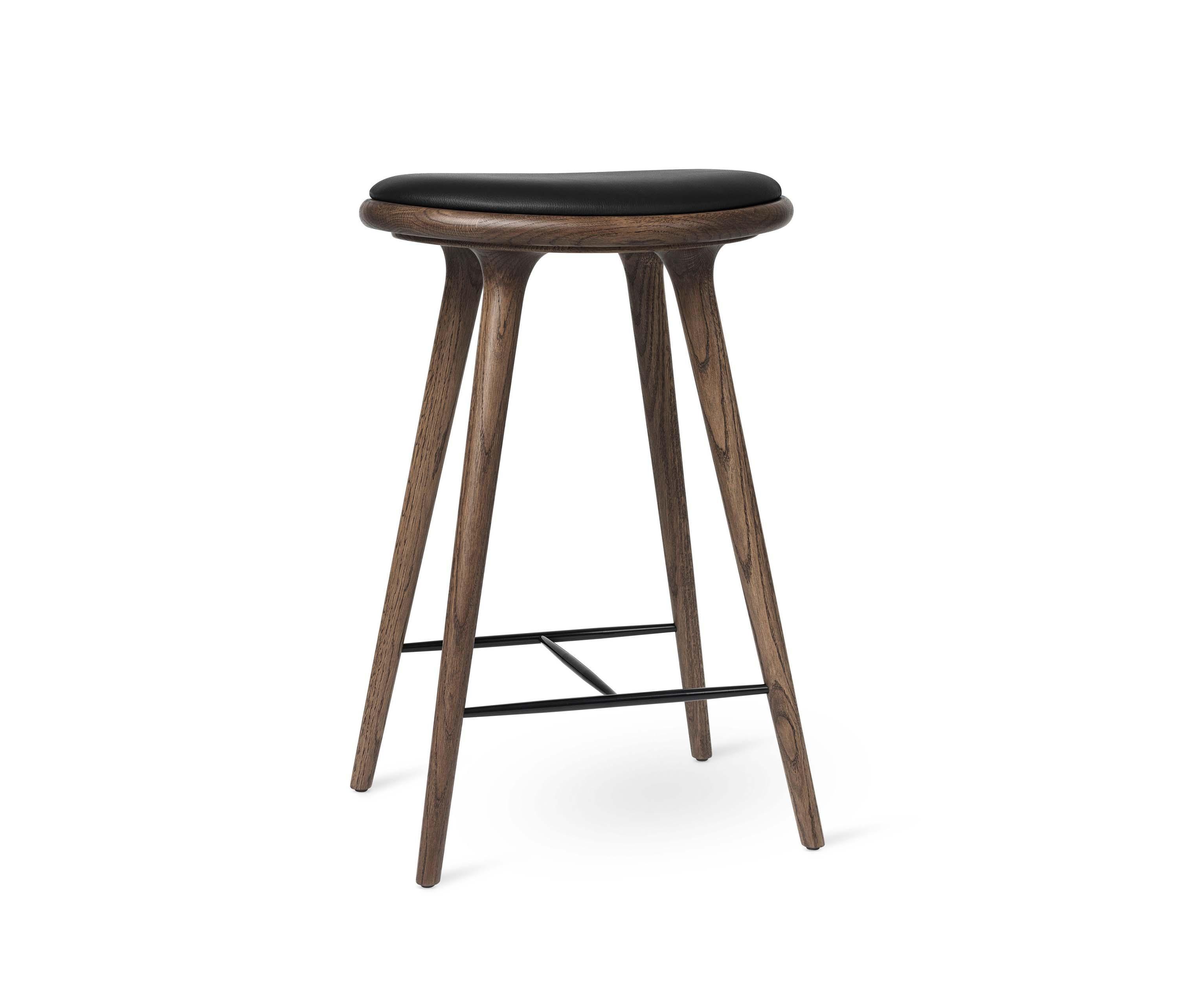
Gray Stools: Potential Causes and Associated Conditions
Gray or ash-colored stools can signal issues with the liver or pancreas. Dark gray coloration may also be caused by bleeding in the upper digestive system or the consumption of iron-based supplements. Light gray, almost white stools may indicate an obstruction in the gallbladder, leading to a bile deficiency, or problems with the pancreas, or side effects from certain medications.
Stool Shape and Consistency: Clues to Your Digestive Health
The shape and consistency of your stool can also provide valuable information about your digestive health. Small, hard stools resembling bullets or rabbit droppings often indicate constipation, which can be caused by a diet low in fiber or insufficient fluid intake. Numerous small, pellet-shaped stools in a cluster are another sign of constipation. To address this issue, it’s recommended to increase fiber intake, drink more water, and engage in regular physical activity. Additionally, managing stress through enjoyable activities can help prevent the accumulation of trapped fecal matter in the colon, which may otherwise lead to more serious conditions, such as colon cancer.
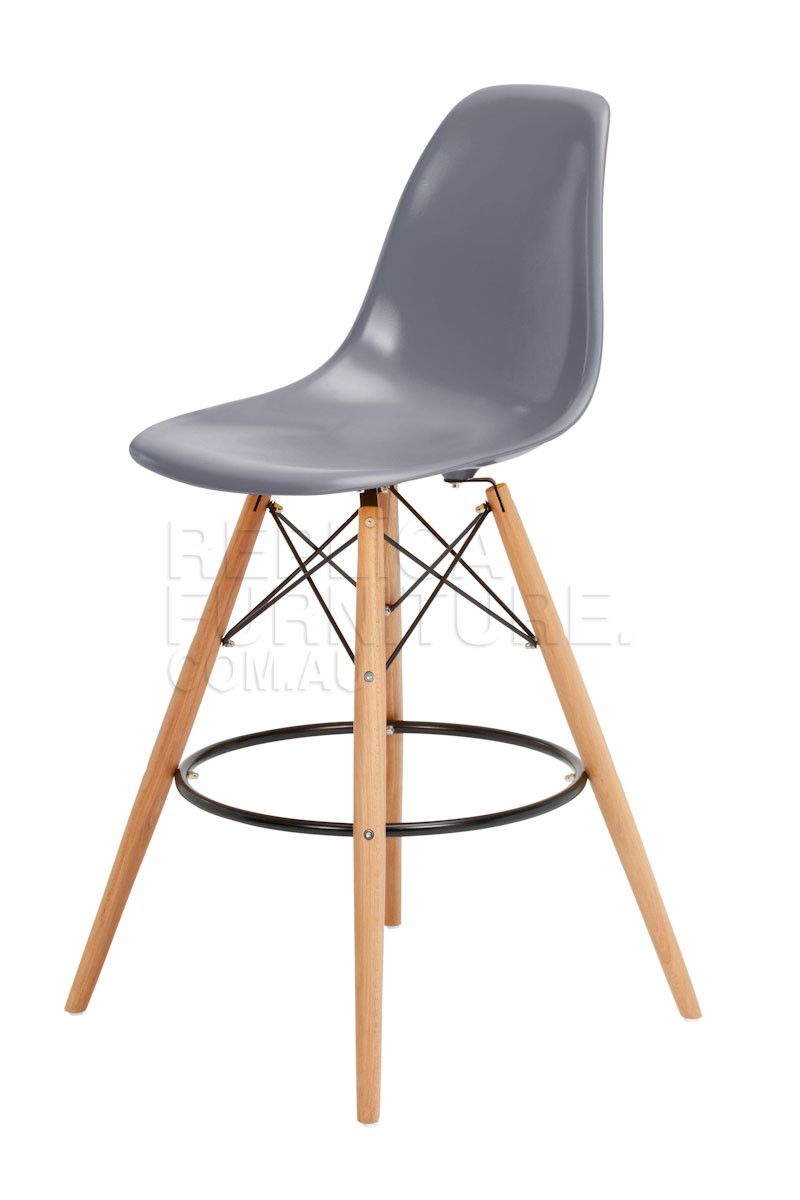
Seeking Medical Advice: When to Consult a Gastroenterologist
If you notice any sudden, unexplained changes in the color, shape, or consistency of your stools, it’s important to consult a gastroenterologist or other healthcare professional for a thorough evaluation. Persistent changes or the presence of concerning symptoms like blood in the stool, severe abdominal pain, or unexplained weight loss may indicate an underlying medical condition that requires prompt diagnosis and treatment. By being proactive and seeking medical attention when necessary, you can take the first step in addressing any potential health issues and maintaining optimal digestive and overall well-being.
Stool Color, Shape and Self Diagnosis
- Home
- Health Articles
- Stool Color, Shape and Self Diagnosis
Back to Home
Digestive and Liver Health General Health colon cancer Colonoscopy CRC
HIGHLIGHTS:
- Regularly checking your feces is a basic form of health screening to do on a daily basis.
- Stools with a smooth texture like a banana skin are considered the healthiest.
- If you notice your stools have suddenly, without any apparent reason, changed in color, smell or shape, consult your doctor to carry out a diagnosis.
It is common knowledge that when we eat food, our stomachs digest it. Then it distributes the useful nutrients for use throughout our body. After this process, we excrete waste in the form of feces. However, did you know that if we just turned around to observe the feces, we could find out so much more about our health?
The color and consistency of stools alone shows the type of food we eat and amount of fluids we take. This is a very effective way to identify any potential health issues. Hence, it is important that we inspect our stools regularly, focusing on their color and appearance. Not just is this beneficial, but it is also one of the easiest and most basic health screening measures. Anyone can, and everyone should do this at home.
This is a very effective way to identify any potential health issues. Hence, it is important that we inspect our stools regularly, focusing on their color and appearance. Not just is this beneficial, but it is also one of the easiest and most basic health screening measures. Anyone can, and everyone should do this at home.
“Consult a GI doctor with more than 20 years of treatment experiences”
What does stool color tell you?
Brown and yellow coloration
Brown and yellow coloration is a sign of a healthy stool, meaning that the digestive system is functioning normally. Light brown feces shows that the liver bile is digesting our food well. If the stools are faint yellow colored, greasy and distinctly pungent in aroma, it could be a result of excess fats present in the feces. This could signify that there are problems with the liver bile. Alternatively, it could mean there are abnormalities affecting the digestive system or nutrient absorption issues within the colon. Therefore, if you excrete pale and oily stool for several consecutive days, make a doctor’s appointment to undergo diagnosis.
Therefore, if you excrete pale and oily stool for several consecutive days, make a doctor’s appointment to undergo diagnosis.
Green coloration
Green coloration could be down to overconsumption of green vegetables. However, if the stools are also runny, this could be due to the onset of diarrhea or some forms of medication.
Black coloration
Black coloration may be a warning that there is bleeding in the upper digestive system, especially if the stools are tar-like in color. In such cases, immediately seek medical attention for a digestive system screening. If one excretes dark black stools regularly and doesn’t get treated, it could eventually result in the onset of colon cancer. Nonetheless, some cases of dark black feces may be caused by diet or some types of medication. For instance, eating liver, congealed blood, black sticky rice or mulberries could all lead to dark stool color. Conversely, it may be because of taking nutritional supplements containing iron or some drugs used to treat diarrhea.
Red coloration
Red coloration is usually a result of our diet, such as eating beetroot, roselle, papaya, watermelon, or consuming large amounts of red beverages. However, if there is blood in stools, hemorrhoids tend to be the main cause. It may also be a sign that there is bleeding in the lower digestive system, or could be inflammation in the colon walls or even a tumor.
Gray coloration
Gray coloration, particularly dark gray coloration, can occur when there is bleeding in the upper digestive system. Otherwise, it could also be a result of iron-based supplements, as in the case of dark black stools. If feces take on an ash gray color, it may be a warning sign for disorders related to the liver or pancreas. Furthermore, light gray, almost white stools may signify any of the following conditions: an obstruction in the gallbladder resulting in a bile deficiency, issues associated with the pancreas or side effects caused by the over consumption of some drugs.
What does the shape of your stool mean?
- Small, hard stools similar in appearance to bullets or rabbit droppings usually indicate constipation. The dry fecal matter may become difficult to pass and may have been trapped in the colon over a long period of time. Eating foods which are low in fiber or not drinking enough fluids may have led to this constipation. If one doesn’t treat the condition, it could become chronic, which may eventually lead to colon cancer.
- Numerous small, pellet-shaped stools similar to a cluster of bullets are another constipation symptom. People experiencing such bowel movements should increase fiber intake, drink plenty of water and exercise regularly to get the body moving. Every now and then it would also be good to indulge in fun activities to reduce stress levels. These measures can all help ensure that fecal matter does not become trapped in the colon.
- Long, sausage-like stools with a rough texture which are quite hard but pass without great difficulty are generally considered healthy.
 However, they may point towards a lack of hydration, so try to drink more fluids.
However, they may point towards a lack of hydration, so try to drink more fluids. - Long, smooth stools similar in form to a banana, which are neither too hard nor too soft, are the healthiest type of stool.
- Stools that break up into numerous small pieces are still a sign of good health. Even so, the person may have mineral or fiber deficiencies. This could be due to a sudden loss of weight or being on a diet.
- Semi-liquid, semi-solid stools that are soft and easily passed usually signal early diarrhea or an imbalance in colon bacteria. If liquid stools become frequent, it could lead to dehydration or nutrient deficiencies. Eating a balanced, healthy diet, consisting of the five main food groups in moderation can help redress any imbalances in colon bacteria. Apart from that, consume yogurt regularly.
- Liquid stools are a sign of diarrhea, and could also mean that the colon has contracted an infection.
 In this case, consume electrolytes and sip water frequently. If the symptoms persist for more than a week, seek medical attention.
In this case, consume electrolytes and sip water frequently. If the symptoms persist for more than a week, seek medical attention.
Self Diagnosis
Regularly checking your stools is an effective, basic form of health screening that anyone is capable of doing. Alternatively, you can use the fecal immunochemical test (FIT) to screen by yourself. This stool test effectively identifies the presence of any blood, and provides doctors with key information needed to make a quick diagnosis for numerous forms of health disorder.
All in all, if you do see any abnormalities in your stools, try to stop eating the food that may be causing said irregularities. Then check your stools again in 2-3 days’ time. If abnormalities persist, go for a thorough diagnosis. Also, if the stools have undergone a sudden change in shape and form for no apparent reason, make a doctor’s appointment to get a diagnosis, which may include a colonoscopy. Noticing changes like smaller than usual stools or stools resembling animal droppings also call for medical attention.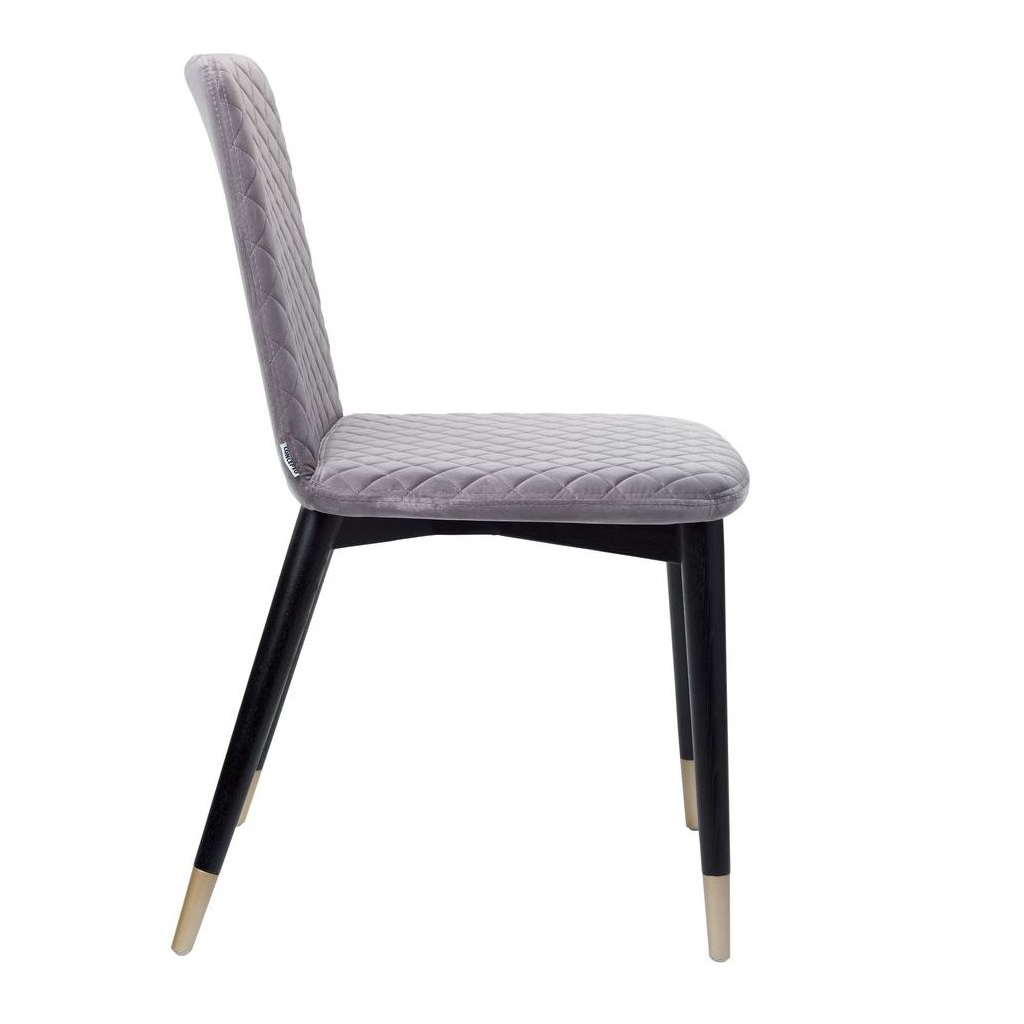
Annual Health Checkups
Aside from the above, attend your annual health checkups. Regular checkups play a vital role in preventing any conditions deteriorating, or in identifying a disorder before it is already too progressed.
Endoscopic procedures are capable of providing protection against colon cancer. Since 2015, Samitivej has been coordinating with SANO Hospital in Japan – an institution with world-leading expertise in all related GI endoscopies – to bring the Japanese technique to Thailand. These techniques enable Samitivej to double the rate of accurate diagnoses, and remove the polyps before they develop into cancer.
Rating
Share article
Pathipat Durongpongkasem, M.D.
Gastroenterology
View profile
Concerned about your health?
Send an inquiry or schedule an appointment
Sign up to save your patient information for your next booking
Sign up
Already have an account?
Log in
Causes & Should You Worry? » Scary Symptoms
Gray stools are concerning.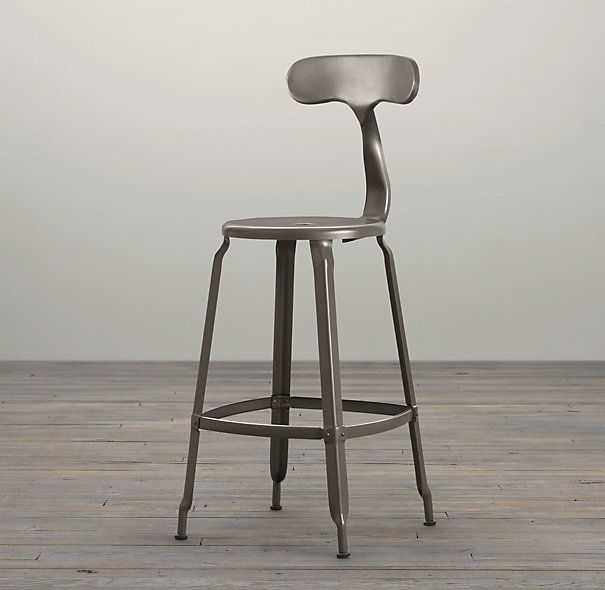 Sometimes when doctors talk about grey stools, they use the terms “clay colored” or “pale.”
Sometimes when doctors talk about grey stools, they use the terms “clay colored” or “pale.”
However, “clay” can bring up images of bowel movements that are the color of the standard clay pot that people plant flowers in: a dull or salmon-like orange.
But the “gray” here is an actual greyish hue, like what would result if you mixed white paint with black.
Causes of Gray Stools
“A person’s usual stools in terms of color, shape and consistency are based on their diet,” begins Franjo Vladic, MD, a board certified gastroenterologist with Center for Digestive Health and Endoscopy Center in Ohio.
“However, if a person’s stools are clay colored or pale, health care providers will be concerned about the patient’s biliary system,” continues Dr. Vladic.
“This could be a sign of bile duct obstruction (gallstones, pancreatitis, inflammation of the liver or pancreatic cancer).
“Clay colored stools indicate the biliary system is not draining properly because of a blockage.
“If the system drains properly, stools will either present as shades of green to brown.”
Pancreatic Cancer
The American Cancer Society estimates that in 2016, about 53,070 people in the U.S. (27,670 men, 25,400 women) will be diagnosed with pancreatic cancer.
Risk factors that can be changed: tobacco use; obesity as well as being overweight primarily in the midsection though not very overweight elsewhere; exposure to dry cleaning and metal working chemicals; lack of exercise (according to some studies but not all).
Uncontrollable risk factors: age, being black (a mild risk that’s not understood), family history, genetic syndromes, diabetes (type II mainly), chronic pancreatitis, liver cirrhosis, pylori stomach infection.
“If the stools are not pale or clay colored, the color is affected by the patient’s diet,” says Dr. Vladic.
Don’t be afraid to check your stool color every now and then; grey means you must see a doctor.
Dr. Vladic’s special interests include acid reflux, colitis, colon cancer, GERD, heartburn, IBS, liver disease, obesity, pancreatitis and peptic ulcer, among many others.
Lorra Garrick has been covering medical, fitness and cybersecurity topics for many years, having written thousands of articles for print magazines and websites, including as a ghostwriter. She’s also a former ACE-certified personal trainer.
Source: cancer.org/cancer/pancreaticcancer/detailedguide/pancreatic-cancer-key-statisticsgrey stools
Beeturia Q & A: Worried About Beets in Urine and Stools?
Causes of Blue Stools in Young Kids & Adults: Reassurance!
Can Stress Change the Color of Your Poops?
Beet Red Stools vs.
Poop Stained with Menstrual Blood
Black Stools from Colon Cancer vs. Acid Reflux
“Tarry Black” Stools Defined by a GI Doctor
Yellow Foamy Loose Stools: Causes Include Cancer
Can Dark Green Stools Be Caused by IBS?
Maybe Your “Black” Poops Are Actually Dark Dark Green
Can Canned Beets Cause Red in Stools?
Kitchen stools with soft seat in Biysk: 1775-items: free shipping, 63% off [click here]
11 Clothing and footwear
Clothing and footwear
Building materials
Building materials
Textiles and leather
Textiles and leather
Health and beauty
Health and beauty
Children’s goods
Children’s goods
Food and drink
Food and drink
Electrical engineering
Electrical engineering
Home and garden
Home and garden
Furniture and interior
Furniture and interior 90 003 Agriculture
Agriculture
Water, gas and heat
Water, gas and heat
All categories
LoginFavorites
-37%
1 878
3000
Soft 900 67 wooden stool “Comfort” for kitchen , stool living room, bathroom, bench ottoman hallway / Kitchen dining chair without backrest with upholstered seat and wooden legs Interior furniture wooden chairs 90 066 soft upholstery
B SHOP
-18%
2 449
3000
Comfort wooden stool for kitchen , stool in the living room, in the bathroom, bench ottoman in the hallway / Kitchen dining chair without back with upholstered seat and wooden legs Interior furniture chairs made of wood upholstered upholstered cottages
TO STORE
-64%
1 41 8
3910
Stool with soft seat for kitchen loft style Tradat-45, metal black/velor brown0067 with upholstered seat ART furniture Type: stool, Armrests: No, Base material:
DETAILS
Stool for kitchen wooden with upholstered seat Hello stool! Manufacturer: Russia, Destination:
DETAILS
Stool for kitchen wooden with upholstered seat Hello, stool! Manufacturer: Russia, Purpose:
MORE DETAILS
Stool for kitchen with upholstered seat made of eco-leather and metal frame 30x30x47cm, 1 pc.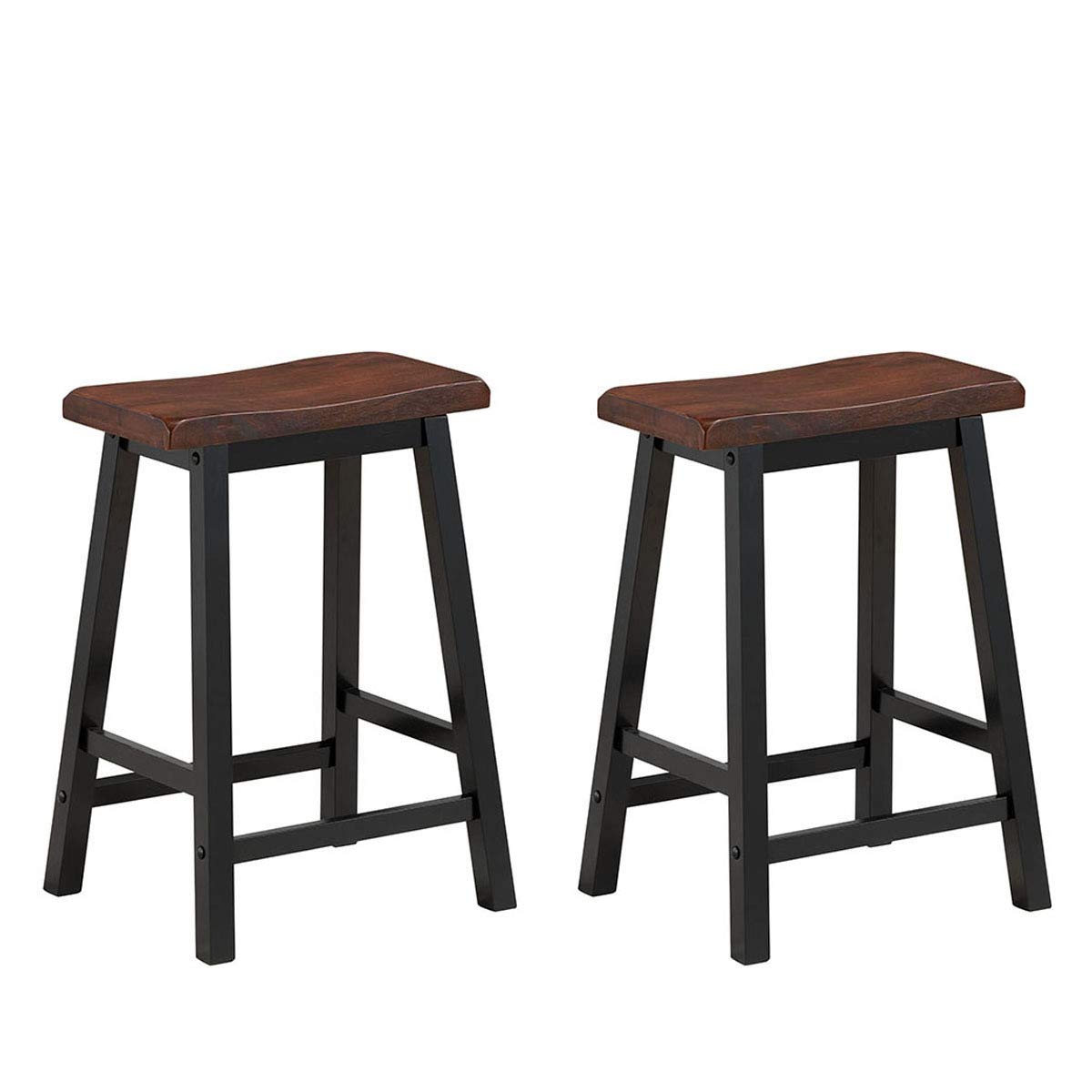 Type:
Type:
READ MORE
Stool for kitchen kitchen soft wooden square BANKETKA home Type: stool, Manufacturer:
READ MORE
Ta Burette for kitchen kitchen soft wooden square BANKETKA home stool, Manufacturer:
DETAILS
DETAILS for kitchen kitchen soft square wooden BANKETKA home Type: stool, Manufacturer:
DETAILS
metal Kitchen stools folding
Stool for kitchen wooden with upholstered seat Hello stool! Manufacturer: Russia, Purpose:
DETAILS
Stool for kitchen with upholstered seat velor seat and metal frame 30x30x47cm, 1 pc. Type:
DETAILS
KremWood stool Type: stool, Purpose: bar, Armrests: No soft seat made of velor and metal frame 35.5×35.5x48cm, 1 PC. Type:
DETAILS
Stool Soft cover straight leg Type: stool, Manufacturer: Borovichi-Mebel, Soft seat : Yes
DETAILS
Stool “Normal” with soft seat , wood, laminated chipboard, eco leather purpose: kitchen frame material: solid wood, upholstery: artificial leather
DETAILS
Stool for kitchen with upholstered seat made of velor and metal frame 35.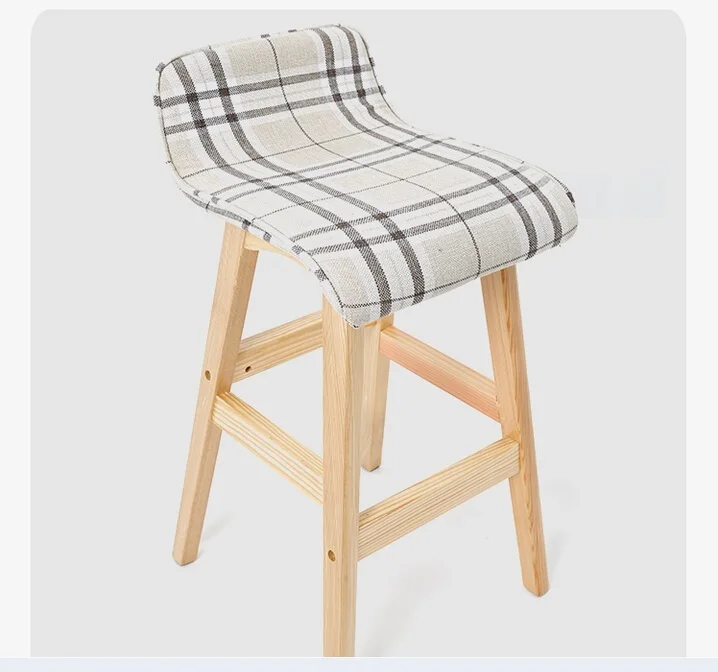 5×35.5x48cm, 1 pc. Type:
5×35.5x48cm, 1 pc. Type:
DETAILS
Stool for kitchen with upholstered seat made of velor and metal frame 30x30x47cm, 1 pc. Type:
DETAILS
Stool for kitchen with upholstered seat made of velor and metal frame 30x30x47cm, 1 pc. Type:
DETAILS
Stool for kitchen with upholstered seat made of velor and metal frame 35.5×35.5x48cm, 1 pc. Type:
DETAILS
Stool for kitchen with upholstered seat made of velor and metal frame 35.5×35.5x48cm, 1 pc. Type:
DETAILS
Stool for kitchen with upholstered seat eco-leather seat and metal frame 30x30x47cm, 1 pc. Type:
DETAILS
Stool Stools, stool , stool for kitchen , for saunas, stools for kitchens , stool with soft seat , furniture for 9 0067 kitchen 1 piece
DETAILS
Stool for kitchen c upholstered seat made of eco-leather and metal frame 30x30x47cm, 1 pc.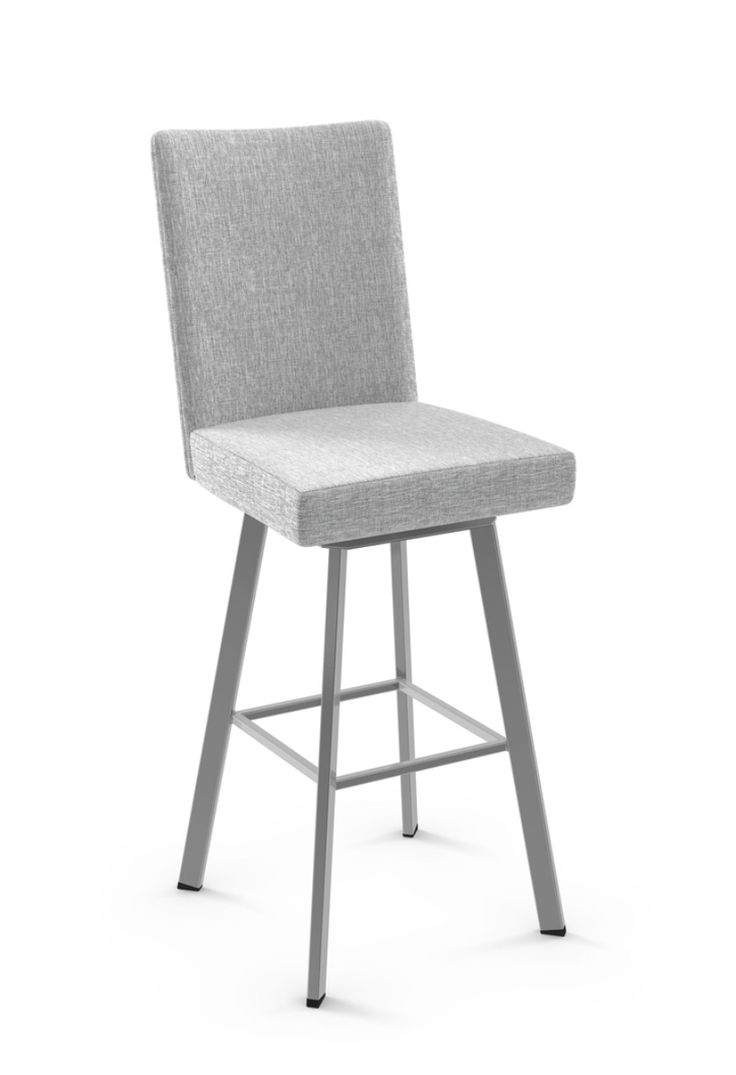

 However, they may point towards a lack of hydration, so try to drink more fluids.
However, they may point towards a lack of hydration, so try to drink more fluids. In this case, consume electrolytes and sip water frequently. If the symptoms persist for more than a week, seek medical attention.
In this case, consume electrolytes and sip water frequently. If the symptoms persist for more than a week, seek medical attention.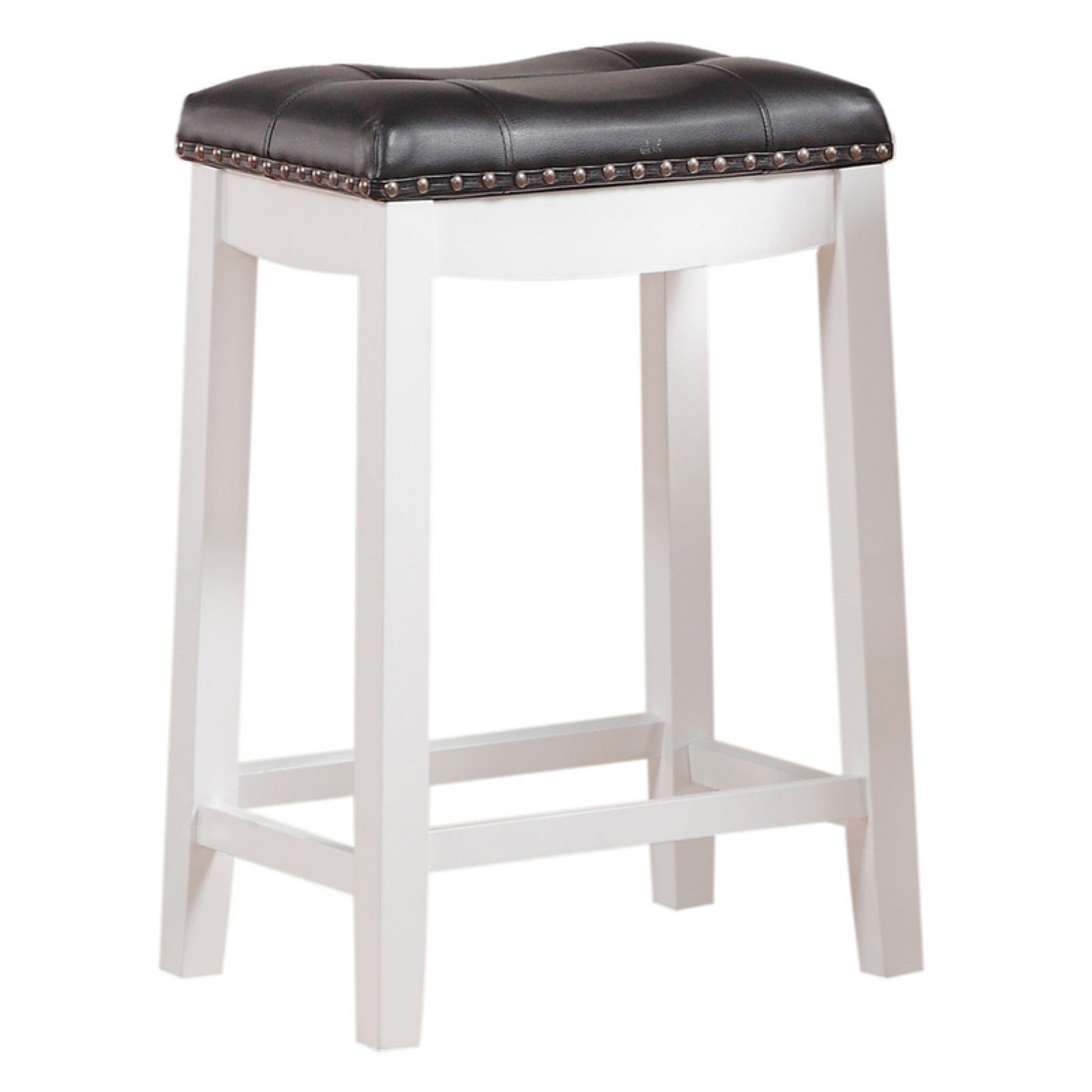 Poop Stained with Menstrual Blood
Poop Stained with Menstrual Blood